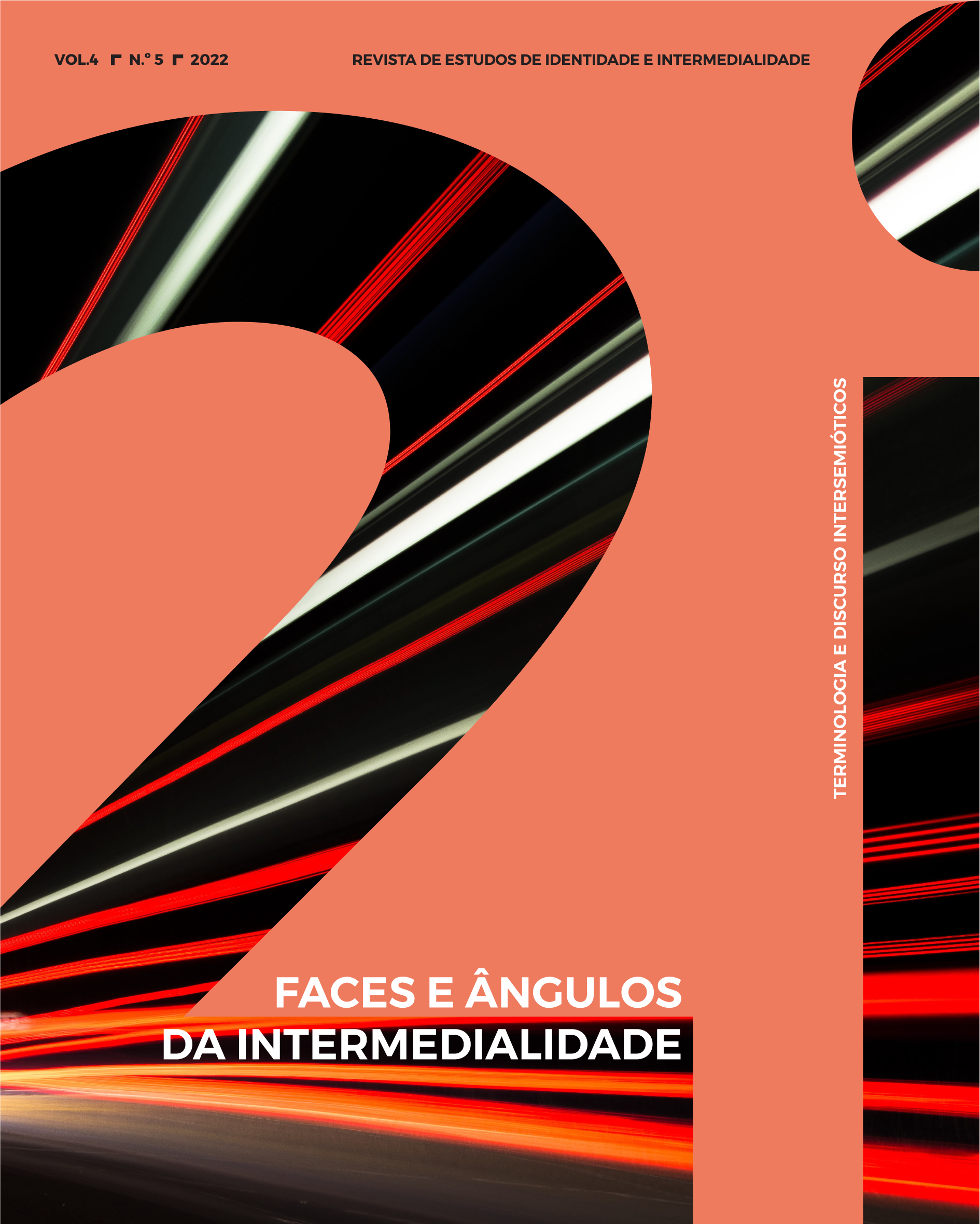Intermediality and imagetic representations in Takarhiro Arai’s Les Misérables
DOI:
https://doi.org/10.21814/2i.3760Keywords:
Les misérables, manga, intermediality, transmediation, representationAbstract
Different adaptions of Victor Hugo’s classic Les Misérables, helped disseminate this landmark tale on social injustice, ignorance and misery to a very large public. The novel resonates not with Western audiences alone as Hugo’s pungent narrative attracts different publics in the East. Through transmediation, Takahiro Arai artfully recreates Hugo’s masterpiece in manga language. This paper analyses the new mediatic product, manga, to examine the ways a reading of Les Misérables from within an Eastern culture resignifies Hugo’s narrative. By using Elleström’s concept of transmediation (2017/2021), this paper suggests that the representation re-elaborates meanings in the new media by drawing on its imagetic and symbolic references. Hugo’s novel appears as plural and heterogeneous when recast in a different mediatic product. Arai’s art recreates for an Eastern audience Hugo’s powerful story of about those suffering in the West and thus launches anew the dialogue between cultures.
Downloads
References
Arai, T. (2015). Les misérables. Volume 1. Paris: Kurokawa.
Arai, T. (2016). Les misérables. Volume 4. Paris: Kurokawa.
Bortolotti, G.R. & Hutcheon, L. (2020). Sobre a origem das adaptações: repensando o discurso e o “sucesso” da fidelidade – biologicamente (trad. Camila Figueiredo). In Figueiredo, C.; Oliveira, S. e Diniz, T., A intermidialidade e os estudos interartes na arte contemporânea (p. 119-142). Santa Maria: Editora UFSM.
Elleström, L. (2017). Midialiadade: ensaios sobre comunicação, semiótica e intermidialidade. Porto Alegre: EdiPUCRS.
Elleström, L. (2021). As modalidades das mídias II: Um modelo expandido para compreender as relações intermidiais. Porto Alegre: EdiPUCRS.
Groensteen, T. (2011). Bande dessinée et narration – Système de la bande dessinée, vol. 2. Paris: Presses Universitaires de France.
Hugo, V. (2015). Os miseráveis (trad. Regina Célia de Oliveira). São Paulo: Editora Martin Claret [1862].
Nishimira-Poupée, K. (2016). Histoire du manga: le miroir de la société japonaise. Paris: Éditions Tallandier.
Poupée, K. (2012). Les japonais. Paris: Éditions Tallandier. DOI: https://doi.org/10.3917/talla.poupe.2012.01
Sigal, D. (2007). Grapholexique du manga. Paris: Eyrolles.
Páginas web consultadas sobre o mangá Les misérables (Arai, 2016)
https://www.manga-news.com/index.php/manga/critique/Miserables-les-Kurokawa/vol-1
https://www.manga-news.com/index.php/manga/Miserables-les-Kurokawa/vol-1
Consultados em 22 dez. 2021
Páginas web consultadas sobre as características e simbologia dos animais
https://www.bbc.com/portuguese/ciencia/2009/05/090512_hiena_risada_mv.
Consultado em 31 dez. 2021.
https://www.dicionariodesimbolos.com.br/javali/.
Consultado em 25 nov. 2021.
https://www.mikatani.com/boutique/animaux-culture-japon.
Consultado em 18 ago. 2021.
https://www.dicionariodesimbolos.com.br/leao/.
Consultado em 2 set. 2021.
https://www.dicionariodesimbolos.com.br/serpente/.
Consultado em 8 set. 2021.
Site com reprodução da pintura Madonna e criança, de Salvi Giovanni Battista:
https://www.slam.org/collection/objects/4289/.
Consultado em 14 dez. 2021
Downloads
Published
How to Cite
Issue
Section
License
Copyright (c) 2022 Ana Luiza Ramazzina-Ghirardi

This work is licensed under a Creative Commons Attribution-NonCommercial 4.0 International License.


.jpg)










